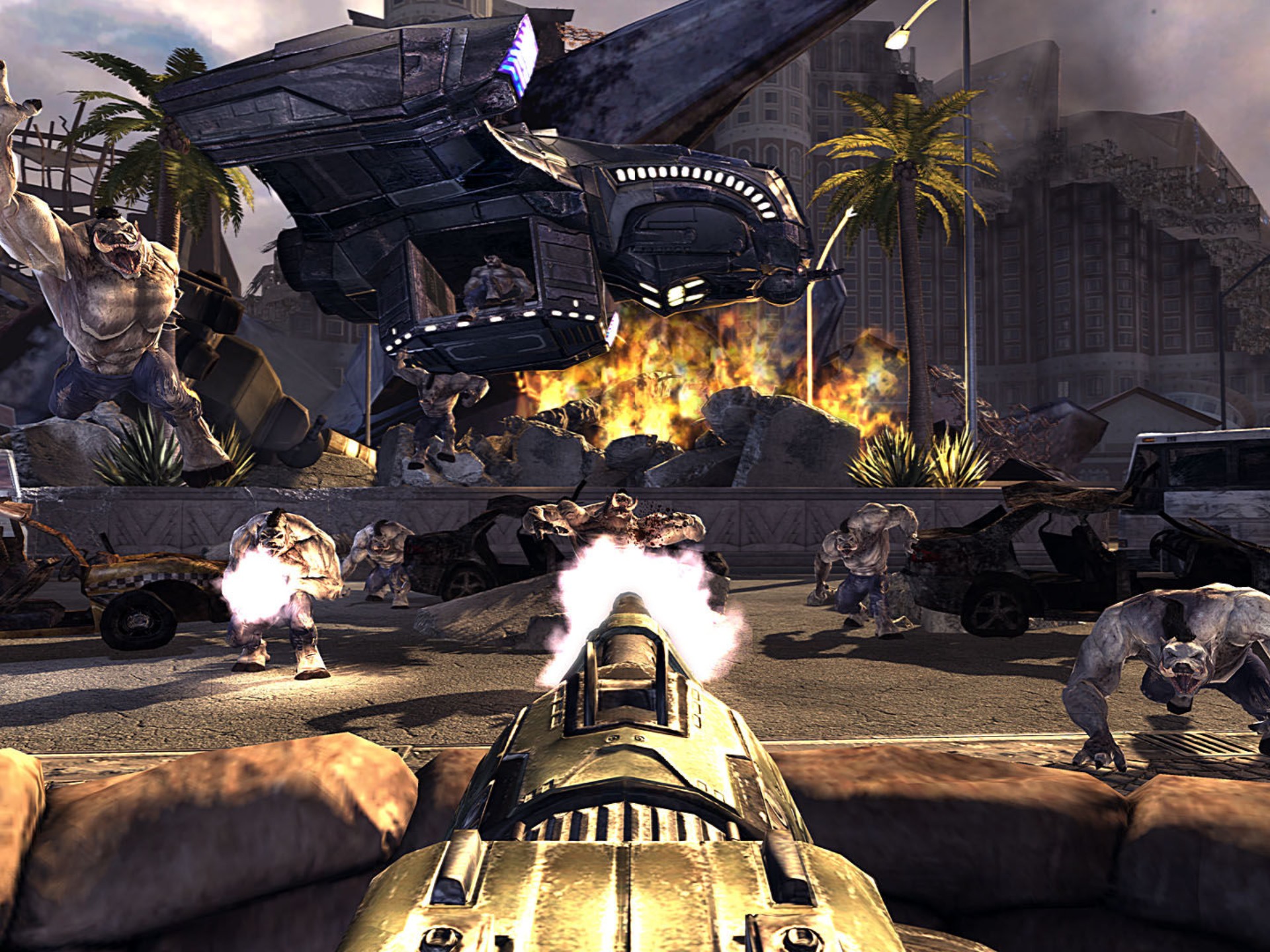"Starfield Settlement Trade: Player Economy and Resource Exchanges"
Introduction
Starfield, Bethesda’s ambitious space exploration RPG, introduces a dynamic player-driven economy where settlement trade and resource exchanges play a crucial role. Unlike previous Bethesda titles, Starfield expands economic interactions by integrating interstellar commerce, crafting dependencies, and faction-based trading systems. This article explores how players engage in settlement trade, the mechanics behind resource exchanges, and the impact of player choices on the in-game economy.
The Foundations of Starfield’s Economy
1. Resource Gathering and Scarcity
Resources in Starfield are essential for crafting, outpost construction, and trade. Players mine raw materials from planets, asteroids, and derelict ships, with some resources being rarer than others. Scarcity drives demand, encouraging players to:
- Explore uncharted systems for high-value minerals.
- Invest in extraction technology to improve yield.
- Trade strategically with NPCs and other players (in multiplayer-adjacent modes).
2. Outpost-Based Trading Hubs
Players can establish outposts that function as personal trading hubs. These outposts:
- Generate passive income by automating resource extraction.
- Act as intermediaries between factions and traders.
- Require supply chain management (e.g., fuel, crew assignments).
Player-Driven Economy Mechanics
1. Supply and Demand Fluctuations
Unlike static economies in other RPGs, Starfield features dynamic pricing influenced by:
- Faction conflicts (e.g., war disrupting trade routes).
- Player actions (e.g., smuggling contraband inflates black-market prices).
- Galactic events (e.g., supernova affecting rare material availability).
2. Bartering and Negotiation
Players can negotiate prices with merchants based on:
- Charisma skill level (higher skill = better deals).
- Reputation with factions (trusted traders get discounts).
- Trade-specific perks (e.g., "Bargaining Chip" reduces tariffs).
3. Black Markets and Smuggling
Illicit trade introduces risk-reward mechanics:
- Contraband goods (e.g., alien artifacts) fetch high prices but attract law enforcement.
- Stealth modifications (e.g., shielded cargo holds) help evade scans.
- Bounty system penalizes players caught smuggling.
Faction-Based Trade Dynamics
Different factions control key economic zones:
| Faction | Trade Specialization | Economic Influence |
|---|---|---|
| United Colonies | Regulated commerce, high-tech goods | Stable prices, strict tariffs |
| Freestar Collective | Free-market trade, agricultural exports | Volatile prices, smuggling hubs |
| Crimson Fleet | Black market, stolen goods | High risk, high reward |
Players must navigate these factions to maximize profits, balancing legality with profitability.

Multiplayer and Future Economy Expansions
While Starfield is primarily single-player, Bethesda has hinted at shared economic elements in future updates, such as:
- Player-to-player resource exchanges via guild-like networks.
- Persistent galactic markets where player actions influence global prices.
- Co-op outpost raids for resource control.
Conclusion
Starfield’s settlement trade system offers depth rarely seen in single-player RPGs. By blending exploration, faction dynamics, and economic strategy, Bethesda creates an immersive trading experience. Whether players become lawful merchants, ruthless smugglers, or industrial tycoons, their choices shape the galaxy’s economy in meaningful ways.
Tags: #Starfield #GamingEconomy #SpaceTrade #Bethesda #ResourceManagement #PlayerDrivenEconomy


















